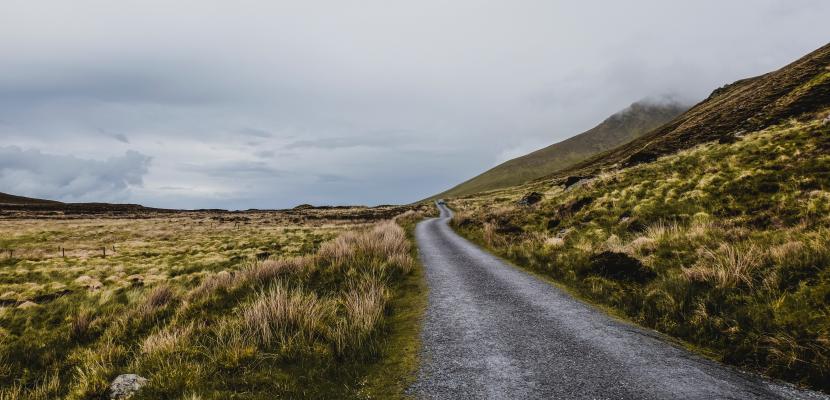Image

The Tuscan Via Francigena
Published on 16 November 2018

Italy
Toscana
This is the good practice's implementation level. It can be national, regional or local.
About this good practice
The Tuscan Via Francigena is a new way of taking a holiday through authenticity, discovery and experience of territory. The path is divided into 15 stages and is not only a pilgrimage route that crosses the region, but also a material and immaterial heritage as well as the driving force for the social and economic growth of the territories involved. The idea was promoted by the Tuscany Region. The implementation of the Masterplan and Operational Plan started in 2010 and was completed in 2014, with the installation of tourist signages along 380 km of the route, safety implementation along the path and in existing infrastructures, support programmes for tourist enterprises located along the Via Francigena to improve the quality of the hospitality. The collaboration with Toscana Promozione Turistica started in 2014 for the valorisation and promotion. In particular: survey with privileged players, spreading of news and information on the V.F. as a product, targeted to different people, promotion through newspapers, magazines and events, development of networking projects with stakeholders. The main stakeholders and beneficiaries of the good practice are the operators involved in the organisation, production, promotion and marketing of the V.F.
Tuscany Region, Toscana Promozione Turistica, Fondazione Sistema Toscana and 39 Municipalities along the route, managers of the sites turned into museums, parks abbeys, monasteries, are involved at the institutional level.
Tuscany Region, Toscana Promozione Turistica, Fondazione Sistema Toscana and 39 Municipalities along the route, managers of the sites turned into museums, parks abbeys, monasteries, are involved at the institutional level.
Expert opinion
The most noteworthy aspect of this practice are the benefits it has created for regions that have a less developed tourism sector and tourism destination image. As Via Francigena encompasses 39 municipalities it has managed to create positive spillovers over a large area. The Via Francigena is also a good example of branding a region as a “slow tourism” destination.
Works at
Interreg Europe Policy Learning Platform
Resources needed
€16 million in investments by the Tuscany Region.
€500 thousand in investments in promotion and valorisation with the activities carried out by Toscana Promozione Turistica
€500 thousand in investments in promotion and valorisation with the activities carried out by Toscana Promozione Turistica
Evidence of success
The Via Francigena crosses 10 municipalities with a high tourist vocation and a strong density of facilities and 29 municipalities less touristically developed. In any case, from 2010 to 2016 the average annual variation of tourist arrivals in the 39 municipalities was of +1%. If we take as reference the municipalities with a low tourist vocation, those mostly depending on the product Via Francigena, arrivals have grown by 29% from 2010 to 2016.
Potential for learning or transfer
Beyond the contribution of this product to the economy of Tuscany and its individual areas, the tourist packages on offer linked to the proposal of a “pilgrimage route” are perfectly matching with the idea of tourism that is establishing itself on markets: slow discovery of territories, sometimes peripheral, but marked by historical and cultural values. An eco-sustainable and culturally advanced tourism, capable of going beyond the niche in order to approach groups of tourists who are motivated, responsible, in search of experiences and contacts with our territory.
Further information
Website
Good practice owner
You can contact the good practice owner below for more detailed information.
Organisation
Tuscany Region, Toscana Promozione Turistica (Tuscany Tourist Board)

Italy
Toscana
Contact
Environmental Engineer
